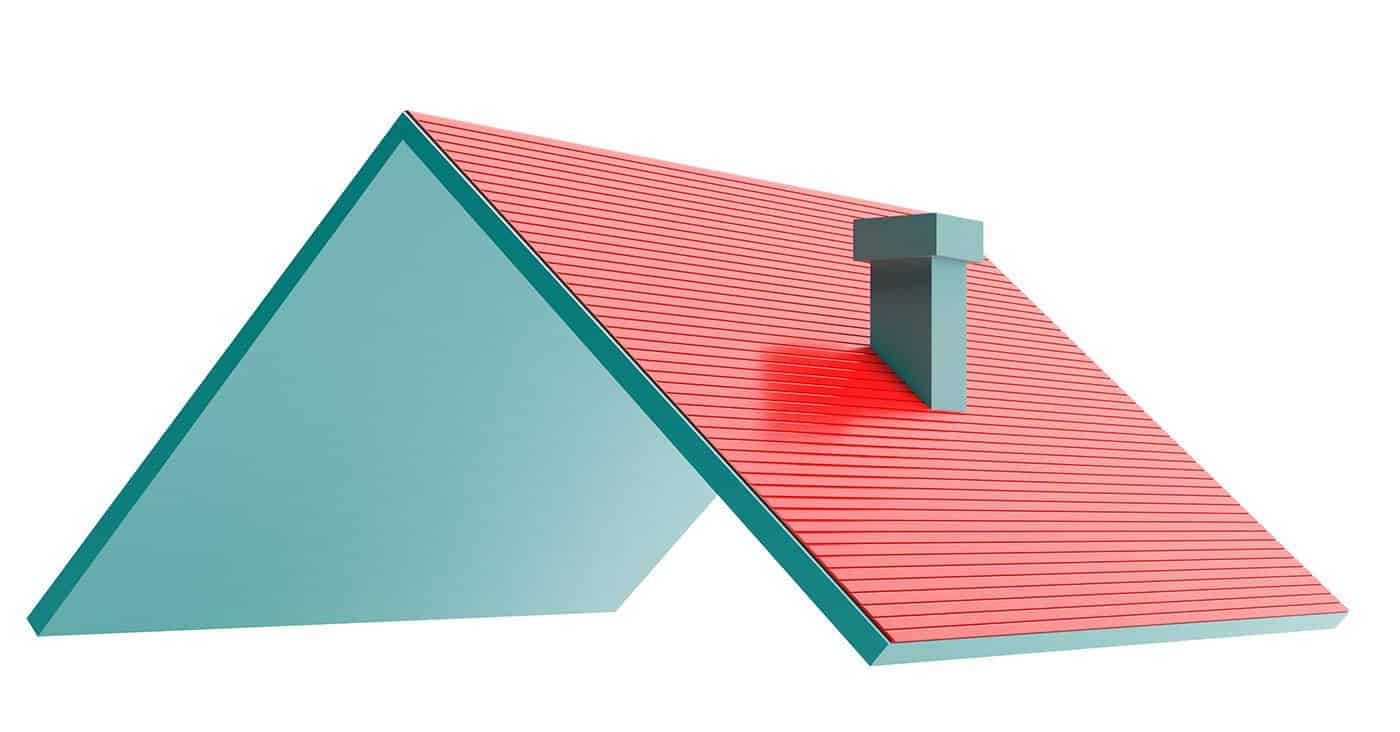As a homeowner, it’s important to understand the components that make up your roof. Knowing the common roofing terms will not only help you communicate with contractors and insurance adjusters, but it will also give you a better understanding of how to maintain and care for your roof. In this article, we will introduce you to the “Roofing Alphabet”- a list of terms that every homeowner should know.
First, we will cover eaves and fascia – the areas of your roof that overhang the walls of your house. Understanding these terms will help you identify any potential issues with water damage or rot. Next, we will talk about flashing and ventilation, which play a critical role in keeping your roof dry and preventing mold and mildew. We will also cover shingles and underlayment, which are the most visible components of your roof and can greatly impact its overall appearance. Finally, we will discuss roof pitch and slope, gutters and downspouts, and skylights and chimneys – all important elements to consider when maintaining your roof. With this knowledge, you can confidently discuss any roofing issues with professionals and ensure your roof is in top shape for years to come.
Eaves and Fascia
The eaves and fascia are essential parts of your roof’s structure, so don’t neglect them! The roof overhangs, or eaves, protect the walls and foundation of your home from water damage by directing rainwater away from the structure. The fascia, on the other hand, is the board that runs along the lower edge of the roof and supports the gutter system.
It’s important to maintain the eaves and fascia to ensure proper functioning of your roof. One crucial aspect of maintenance is soffit ventilation, which allows air to flow through the eaves and into the attic, preventing moisture buildup that can lead to mold and rot. Keep an eye out for any signs of damage or deterioration, such as peeling paint or sagging boards, and address them promptly to avoid more significant issues down the line. Remember, taking care of your eaves and fascia is an investment in the longevity and health of your home.

Flashing and Ventilation
When it comes to keeping your home well-ventilated and protected from leaks, it’s important to understand the role that flashing and ventilation play in maintaining a healthy roof. Proper installation of flashing is crucial in preventing water from seeping into your home through the roof. Flashing is a thin strip of material, usually made of metal, that is installed around areas such as chimneys, skylights, and vents to prevent water from entering your home. Without flashing, water can easily penetrate through the gaps and cause damage to your roof and interior walls.
Another important aspect of maintaining a healthy roof is proper attic ventilation. Attic ventilation helps to regulate the temperature and humidity levels in your home, which can prevent the growth of mold and mildew. It also helps to extend the life of your roof by preventing moisture buildup that can cause damage to the roof decking and shingles. Proper ventilation can also help to lower your energy bills by reducing the amount of heat that is trapped in your attic. By ensuring that your roof has proper flashing and attic ventilation, you can protect your home from costly repairs and improve the overall health of your living space.
Shingles and Underlayment
Proper installation of shingles and underlayment is essential for a healthy roof that can protect your home and keep you comfortable. Shingle maintenance is key to extending the life of your roof. Regularly inspecting your shingles for damage, such as cracks or missing pieces, and replacing them promptly can prevent water from seeping into your home and causing costly damage. Additionally, cleaning your shingles of debris, moss, and algae can help prevent further damage and improve the look of your home.
Choosing underlayment is also an important aspect of roofing. Underlayment serves as a protective barrier between the shingles and the roof deck, preventing water from penetrating through to the interior of your home. It is important to choose an underlayment that is appropriate for your climate and the type of roofing material you have. Some common types of underlayment include asphalt-saturated felt, synthetic underlayment, and rubberized asphalt. Consulting with a local roofers Orlando can help you choose the best underlayment for your specific needs.
Roof Pitch and Slope
Understanding the roof pitch and slope is crucial for determining which roofing materials are appropriate for your home. Measuring slope refers to the angle of your roof, or how steep it is, while calculating pitch refers to the rise of the roof in relation to its run. The difference between pitch and slope is that pitch is a ratio of the rise and run of the roof, while slope is the measurement of the angle of the roof in degrees.
Knowing your roof’s pitch and slope can help you choose the right materials for your home. For example, a steeply pitched roof may require different shingles or underlayment than a more gently sloping roof. Additionally, a higher pitch may require additional roofing support, which can impact the cost of your roofing project. By understanding these terms, you can make informed decisions about your home’s roofing needs and ensure a long-lasting and secure roof for years to come.
Gutters and Downspouts
You’ll need to maintain your gutters and downspouts to ensure proper water drainage from your roof. Regular gutter maintenance involves removing debris such as leaves and branches that can clog the gutters and prevent water from flowing freely. You should also inspect your gutters for any damage or leaks that may cause water to seep into your home’s foundation.
Choosing the right downspout size is also crucial in ensuring proper water drainage. A downspout that is too small can cause water to overflow and damage your home’s foundation, while a downspout that is too large can lead to excess water pooling around your home’s perimeter. It is important to consult with a professional to determine the appropriate downspout size for your specific home and climate. Regular maintenance and proper sizing of your gutters and downspouts will help prevent water damage and keep your home in good condition.

Skylights and Chimneys
If you want to add natural light to your home and cozy up by the fireplace during the winter, skylights and chimneys are fantastic features to consider. Skylights bring in natural light to a room and can also help reduce energy costs by providing natural warmth. Skylight installation can be a bit tricky, so it’s best to hire a professional to ensure proper installation and avoid potential leaks or damages.
Chimneys, on the other hand, require regular maintenance to prevent any potential hazards such as chimney fires or carbon monoxide poisoning. Chimney maintenance includes regular cleaning and inspections by a professional chimney sweep. It’s important to have a clear understanding of how to operate your fireplace and chimney to ensure safety in your home. With proper care and maintenance, skylights and chimneys can be great additions to any home.
Conclusion
Congratulations! You have now familiarized yourself with the most common roofing terms every homeowner should know. Knowing these terms can help you better communicate with your roofing contractor and make informed decisions about your roof. Remember, eaves and fascia are the edges of your roof, while flashing and ventilation help to prevent water damage. Shingles and underlayment provide protection from the elements, and the pitch and slope of your roof can impact its durability.
Don’t forget about gutters and downspouts, which help to direct water away from your home, and skylights and chimneys, which can add beauty and functionality to your roof. By understanding these terms, you can ensure that your roof is in top condition and that you can make informed decisions about any repairs or replacements that may be necessary. Keep this roofing alphabet in mind, and you’ll be well on your way to becoming a roofing expert!














